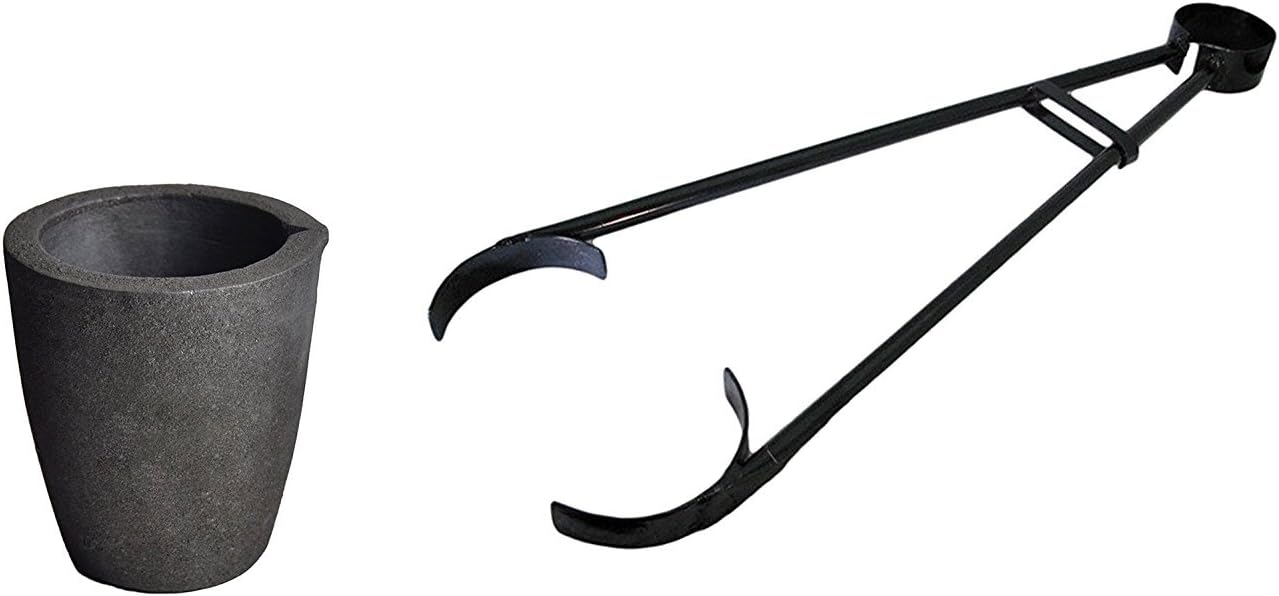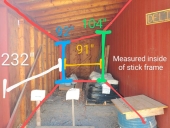














I make a Maple Syrup instructional movie! Check it out HERE
SKIP books, get 'em while they're hot!!! Skills to Inherit Property
See me in a movie building a massive wood staircase:Low Tech Lab Movie
 1
1




"You must be the change you want to see in the world." "First they ignore you, then they laugh at you, then they fight you, then you win." --Mahatma Gandhi
"Preach the Gospel always, and if necessary, use words." --Francis of Assisi.
"Family farms work when the whole family works the farm." -- Adam Klaus
 8
8




You are welcome to check out my blog at http://www.theartisthomestead.com or my artwork at http://www.davidhuang.org
 2
2




"You must be the change you want to see in the world." "First they ignore you, then they laugh at you, then they fight you, then you win." --Mahatma Gandhi
"Preach the Gospel always, and if necessary, use words." --Francis of Assisi.
"Family farms work when the whole family works the farm." -- Adam Klaus




You are welcome to check out my blog at http://www.theartisthomestead.com or my artwork at http://www.davidhuang.org

 1
1




For all your Montana Masonry Heater parts (also known as) Rocket Mass heater parts.
Visit me at
dragontechrmh.com Once you go brick you will never go back!




 2
2




 1
1




I make a Maple Syrup instructional movie! Check it out HERE
SKIP books, get 'em while they're hot!!! Skills to Inherit Property
See me in a movie building a massive wood staircase:Low Tech Lab Movie
 3
3




"You must be the change you want to see in the world." "First they ignore you, then they laugh at you, then they fight you, then you win." --Mahatma Gandhi
"Preach the Gospel always, and if necessary, use words." --Francis of Assisi.
"Family farms work when the whole family works the farm." -- Adam Klaus
 2
2




You are welcome to check out my blog at http://www.theartisthomestead.com or my artwork at http://www.davidhuang.org
 1
1




David Huang wrote:I agree that having the second small door to allow for longer lengths of rod seems worth the effort, even if it is only a firebrick plug.
I also agree that shifting the sides the doors are on so that a rod inserted through them would run perpendicular to the line of the J tube is the way to go. No need to create obstructions to feeding the fire.
Nails are sold by the pound, that makes sense.
Soluna Garden Farm -- Flower CSA -- plants, and cut flowers at our farm.
 2
2




Nails are sold by the pound, that makes sense.
Soluna Garden Farm -- Flower CSA -- plants, and cut flowers at our farm.
 2
2




 1
1




![Filename: photo0.jpg
Description: [Thumbnail for photo0.jpg]](/t/166851/a/156376/photo0.jpg)
You can follow my latest adventures at
https://www.unclemud.com
https://www.youtube.com/unclemud
https://permies.com/u/164246/Chris-McClellan
Buy my stuff at https://unclemud.com/store/




 2
2




 2
2




William Bronson wrote:
A note on the crucible.
One of the smelters I've seen tosses their aluminum directly into the flames and collect it when runs out of the burn chamber.
This seems very effective.
You are welcome to check out my blog at http://www.theartisthomestead.com or my artwork at http://www.davidhuang.org




Chris McClellan wrote:This is from Rodney. He would like to use a venturi effect from a shopvac to boost the airflow.
Wikipedia wrote:increasing the pressure ratio increases the compressor discharge temperature
 1
1





Garden Master Program video course and ebook guide

|
I wish I could be half as happy as this tiny ad!
The new purple deck of permaculture playing cards
https://www.kickstarter.com/projects/paulwheaton/garden-cards
|







